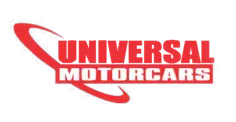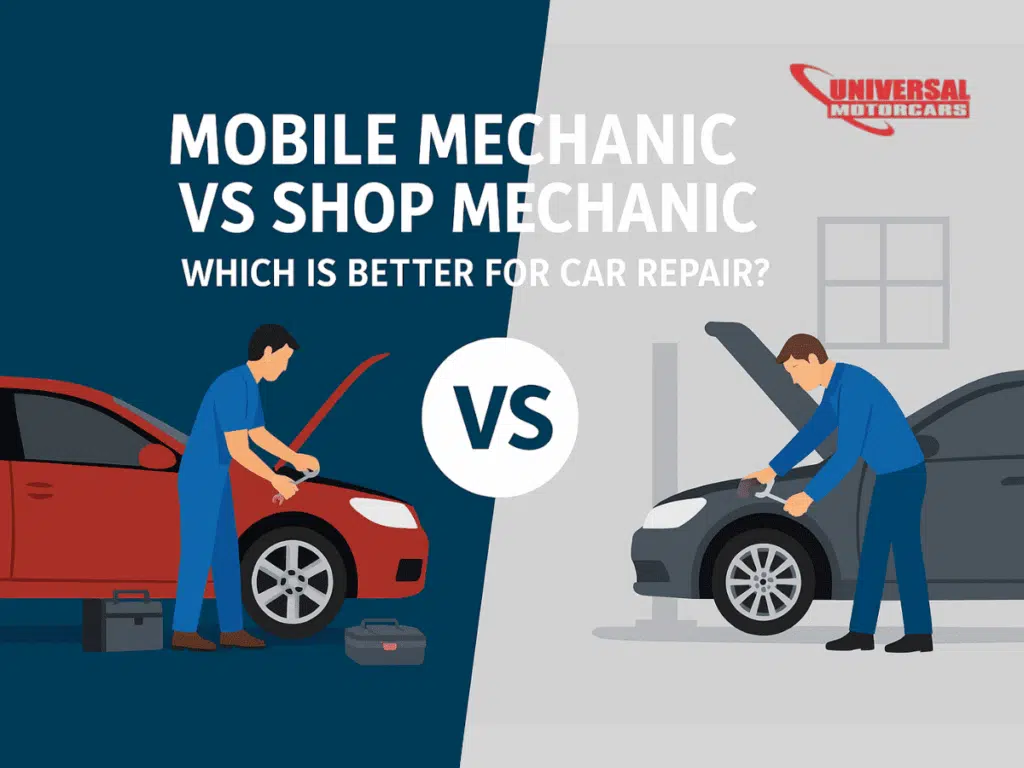When your car needs attention, choosing between an on-site technician and a garage-based shop can be confusing. Both options solve problems — but they do it in very different ways. This guide walks you through the practical differences, the upside and downside of each, and a few real-world tips to help you pick the best option for your situation.
What’s an on-site technician?
An on-site technician (sometimes called a mobile mechanic) brings tools and parts to your location — home, work, or roadside. They handle common repairs and maintenance like brake pads, batteries, filters, fluid top-offs, and many diagnostics. The main appeal is convenience: no towing, no waiting room, and often flexible scheduling.
What’s a garage-based technician?
A garage-based technician works out of a fully equipped workshop. These shops have hydraulic lifts, paint booths, frame racks, dedicated diagnostic bays, and a stock or fast access to replacement parts. Garage shops are built to handle everything from routine maintenance to heavy collision repairs, complex engine work, and advanced electrical or HVAC systems.
Pros of an on-site technician
- Convenience and time savings — The work happens where you are. This is ideal for busy schedules or minor roadside issues.
- Lower immediate hassle — No towing or waiting in a lobby. For many light repairs, the total time from diagnosis to fix is shorter.
- Transparent, one-to-one service — You often work directly with the technician; that can feel more personal.
Cons of an on-site technician
- Limited tools and space — Some jobs need heavy equipment, which mobile setups can’t replicate.
- Parts availability — If a job requires a specific OEM component, it may mean additional delays while sourcing and returning to complete the repair.
- Noisy or inconvenient locations — Fixes done on the street or driveway can be affected by weather, safety, and lighting.
- Warranty and complexity limits — For structural work, major engine swaps, or full AC overhauls, a shop’s controlled environment and warranty capability are safer bets.
Pros of a garage-based technician
- Full diagnostic capabilities — Shops invest in factory-level scanners and specialized tools that pinpoint problems quickly and accurately.
- Broader service scope — From advanced electrical faults to frame alignment and paint matching, complex repairs are done under one roof.
- Parts and supply chain — Shops typically have faster access to OEM parts or approved replacements, plus secure storage.
- Warranty, quality control, and records — Established shops provide written estimates, documented repairs, and warranties that protect you after the job is done.
- Safer, climate-controlled environment — That matters for paint work, electronics, and precision assembly.
Cons of a garage-based technician
- Inconvenience of dropping off — You’ll probably need a tow or alternate transport while the car is repaired.
- Potentially higher apparent costs — With shop overhead, invoices may look larger, especially for quick, simple fixes. But remember that many shop repairs include warranty and manufacturer-level quality, which offsets later costs.
How to choose — key decision factors
- Severity and complexity: If the issue is simple (battery, tires, fluid top-off), an on-site technician can be ideal. For anything structural, safety critical, or electronics-heavy, a shop is safer.
- Warranty needs: If you want a written repair warranty, choose a licensed shop that stands behind its work.
- Parts and OEM standards: Luxury vehicles or modern cars with complicated modules often require OEM parts and factory diagnostics — again, a job for a shop.
- Time vs. thoroughness: On-site service wins on speed and convenience; shops win on depth of work and documentation.
- Vehicle type: Heavy trucks, fleet vehicles, EVs with high-voltage systems, and cars with advanced driver assistance systems (ADAS) usually need shop equipment and certified technicians.
Why many drivers lean toward a trusted shop (and why that matters at Universal Motorcars)
A trusted local shop combines technical depth with accountability. At an experienced shop you can expect:
- Certified technicians (ASE or manufacturer training) who follow factory procedures.
- Advanced diagnostic tools for modules, ADAS calibration, and HVAC systems.
- Access to OEM parts and parts sourcing that reduces repeat visits.
- Documented repair history and warranty—important for resales and insurance claims.
- Structured workflow so complex jobs don’t get rushed or patched.
If you live in the Las Vegas area, shops with a long track record and certified teams are particularly worth considering. They handle everything from collision repair and frame work to modern air-conditioning and electronics diagnostics. Choosing a shop with these capabilities reduces the chance of recurring problems and helps keep repair costs predictable over time.
Practical booking tips — questions to ask before you schedule
Whether you pick on-site or shop service, ask these questions up front:
- Are your technicians certified? Which certifications?
- Will I get a written estimate and a parts list?
- Do you offer any warranty on labor and parts? How long?
- Do you use OEM parts, aftermarket, or a mix?
- How do you handle unexpected findings during repair?
- Can you provide before/after photos and a detailed invoice for insurance?
- For on-site service: what limits your work in the field (tools, parts, safety)?
- For a shop: what are the estimated turnaround times and loaner options?
Final recommendation:
For quick, low-risk fixes when convenience is the top priority, an on-site technician provides a smart, time-saving option. But for anything more than light maintenance — especially structural repairs, advanced diagnostics, electrical systems, or jobs that must meet factory standards — a well-equipped shop is the safer, more cost-effective choice in the long run.
If you value thorough diagnostics, documented work, and a warranty that protects you after the repair, prioritize a reputable local repair shop. They have the tools, training, and processes to restore your vehicle safely and reliably — and that peace of mind usually pays for itself.


